Pitch People
1999
1h 27m
The art of the "pitch" and its role in society, as told by many of the pitch industry's greatest salesmen, including Arnold Morris, Sandy Mason, Lester Morris, Wally Nash and Ed McMahon as well as a look at the Popeil family.
If current server doesn't work please try other servers beside.
Similar Movies
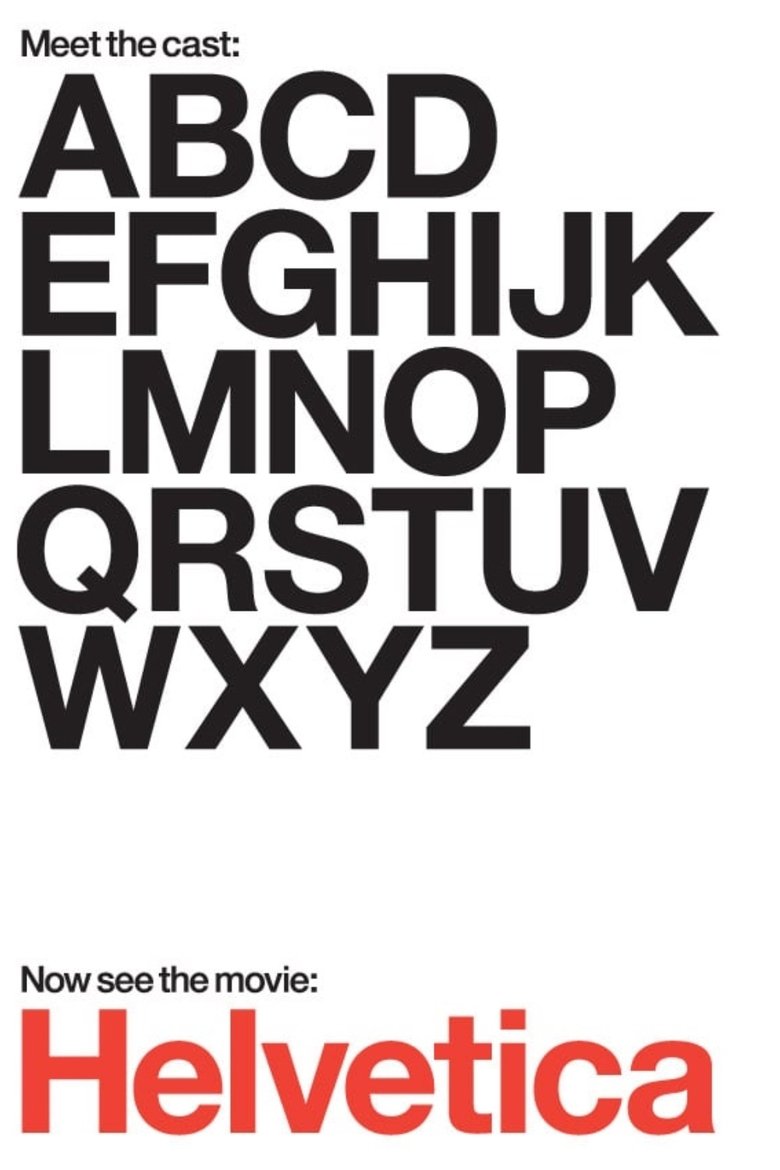
Helvetica
Helvetica is a feature-length independent film about typography, graphic design and global visual culture. It looks at the proliferation of one typeface (which will celebrate its 50th birthday in 2007) as part of a larger conversation about the way type affects our lives. The film is an exploration of urban spaces in major cities and the type that inhabits them, and a fluid discussion with renowned designers about their work, the creative process, and the choices and aesthetics behind their use of type.
Rating:
7.2/10
Votes:
167
Year:
2007

Generation Sputnik!
From 1957 —the year in which the Soviets put the Sputnik 1 satellite into orbit— to 1969 —when American astronaut Neil Armstrong walked on the surface of the moon—, the beginnings of the space conquest were depicted in popular culture: cinema, television, comics and literature of the time contain numerous references to an imagined future.
Rating:
6.5/10
Votes:
4
Year:
2016

The Atomic Cafe
A disturbing collection of 1940s and 1950s United States government-issued propaganda films designed to reassure Americans that the atomic bomb was not a threat to their safety.
Rating:
7.2/10
Votes:
70
Year:
1982

Art & Copy
The personal odysseys of some of the most influential advertising visionaries of all time and the stories behind their campaigns.
Rating:
6.9/10
Votes:
34
Year:
2009
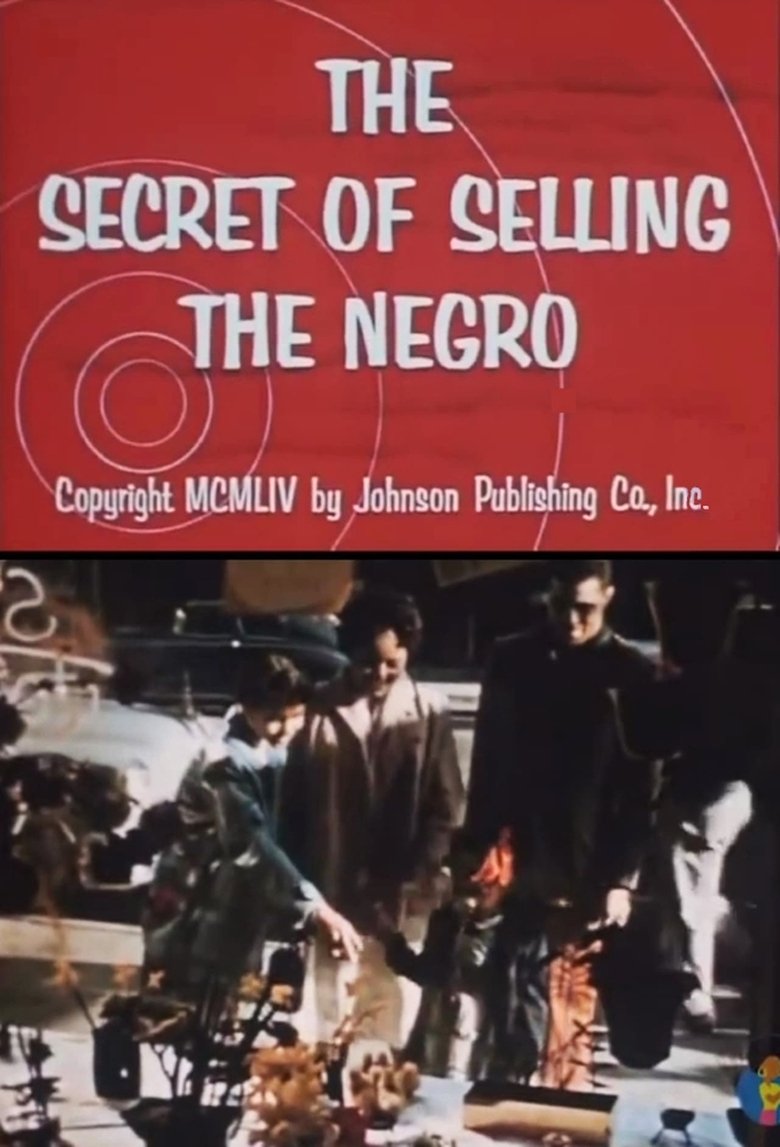
The Secret of Selling the Negro
Film commissioned by the Chicago-based publisher of Negro Digest, Ebony, Tan, and Jet to encourage advertisers to reach out to African American consumers. The Secret of Selling the Negro depicts the lives, activities, and consumer behavior of African American professionals, students, and housewives. A Business Screen reviewer noted that the film focused on the “bright positive” aspects of the “new Negro family.” The sponsor issued a companion booklet offering the “do’s and don’ts of selling to the Negro.”
Rating:
6.0/10
Votes:
1
Year:
1954

Prêt-à-jeter
Once upon a time... consumer goods were built to last. Then, in the 1920’s, a group of businessmen realized that the longer their product lasted, the less money they made, thus Planned Obsolescence was born, and manufacturers have been engineering products to fail ever since. Combining investigative research and rare archive footage with analysis by those working on ways to save both the economy and the environment, this documentary charts the creation of ‘engineering to fail’, its rise to prominence and its recent fall from grace.
Rating:
7.553/10
Votes:
75
Year:
2010
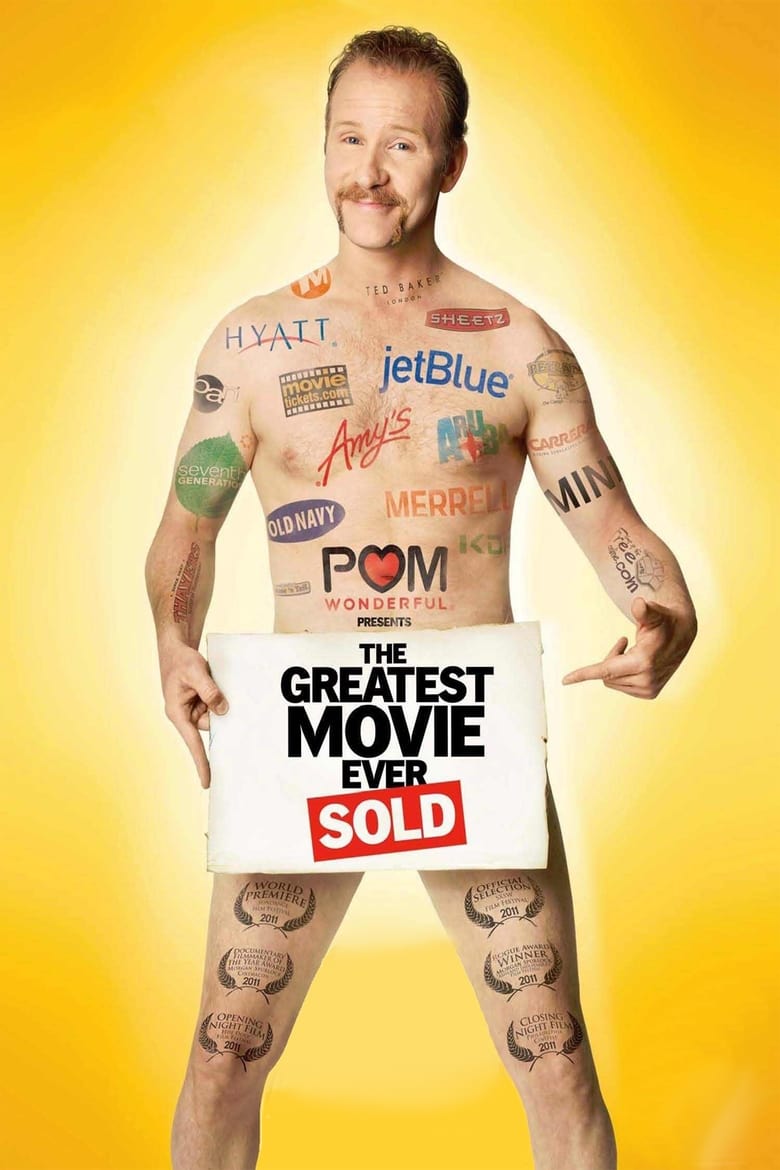
POM Wonderful Presents: The Greatest Movie Ever Sold
A documentary about branding, advertising and product placement that is financed and made possible by brands, advertising and product placement.
Rating:
6.404/10
Votes:
224
Year:
2011

Programming the Nation?
Programming the Nation? takes an encompassing look at the history of subliminal messaging in America. According to many authorities, since the late 1950s subliminal content has been tested and delivered through all forms of mass-media including Hollywood filmmakers Alfred Hitchcock and William Friedkin. Even our modern military has been accused of these practices in the "war on terror" against soldiers and civilians both abroad and at home. With eye-opening footage, revealing interviews, humorous anecdotes, and an array of visual effects, the film categorically explores the alleged usage of subliminals in advertising, music, film, television, anti-theft devices, political propaganda, military psychological operations, and advanced weapons development. Director Jeff Warrick makes it his personal mission to determine if these manipulative tactics have succeeded in "programming the nation?" Or, if subliminal messaging belongs in the category of what many consider urban legend.
Rating:
6.2/10
Votes:
5
Year:
2011
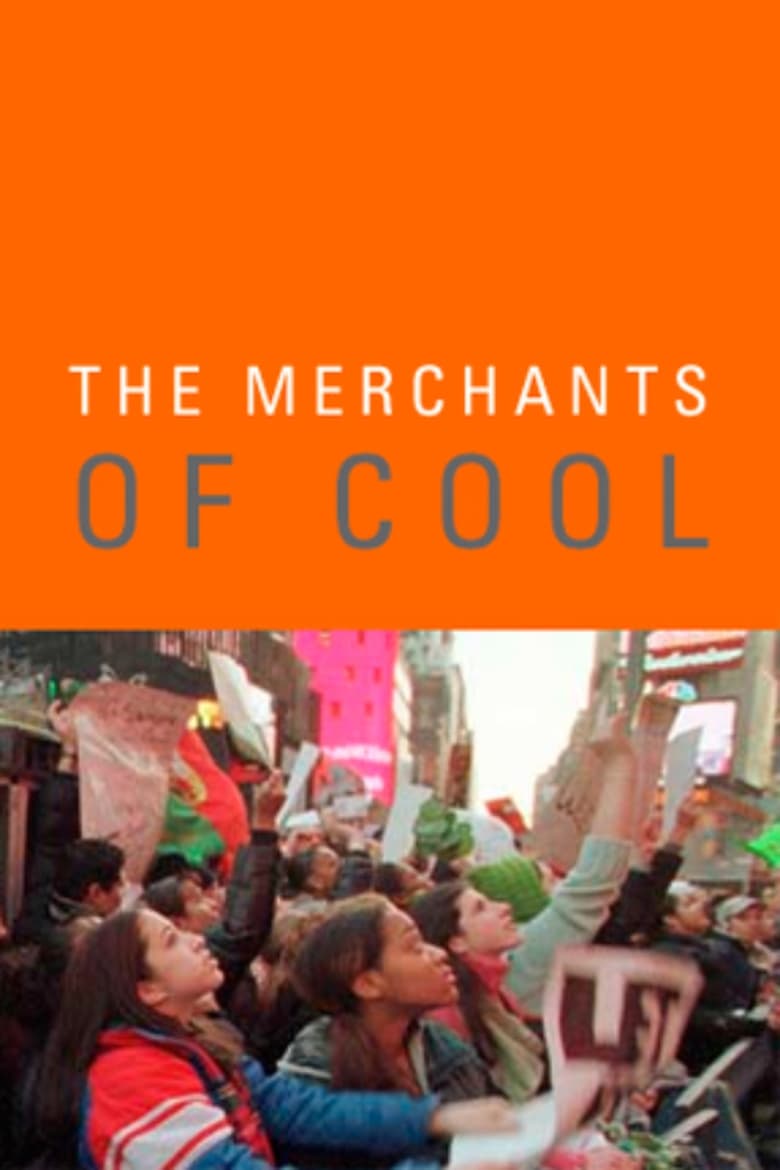
The Merchants of Cool
A documentary on the marketing of pop culture to Teenagers.
Rating:
7.2/10
Votes:
9
Year:
2001

24×36
A documentary exploring the birth, death and resurrection of illustrated movie poster art. Through interviews with a number of key art personalities from the 70s and 80s, as well as many modern, alternative poster artists, “Twenty-Four by Thirty-Six” aims to answer the question: What happened to the illustrated movie poster? Where did it disappear to, and why? In the mid 2000s, filling the void left behind by Hollywood’s abandonment of illustrated movie posters, independent artists and galleries began selling limited edition, screenprinted posters — a movement that has quickly exploded into a booming industry with prints selling out online in seconds, inspiring Hollywood studios to take notice of illustration in movie posters once more.
Rating:
7.0/10
Votes:
31
Year:
2016
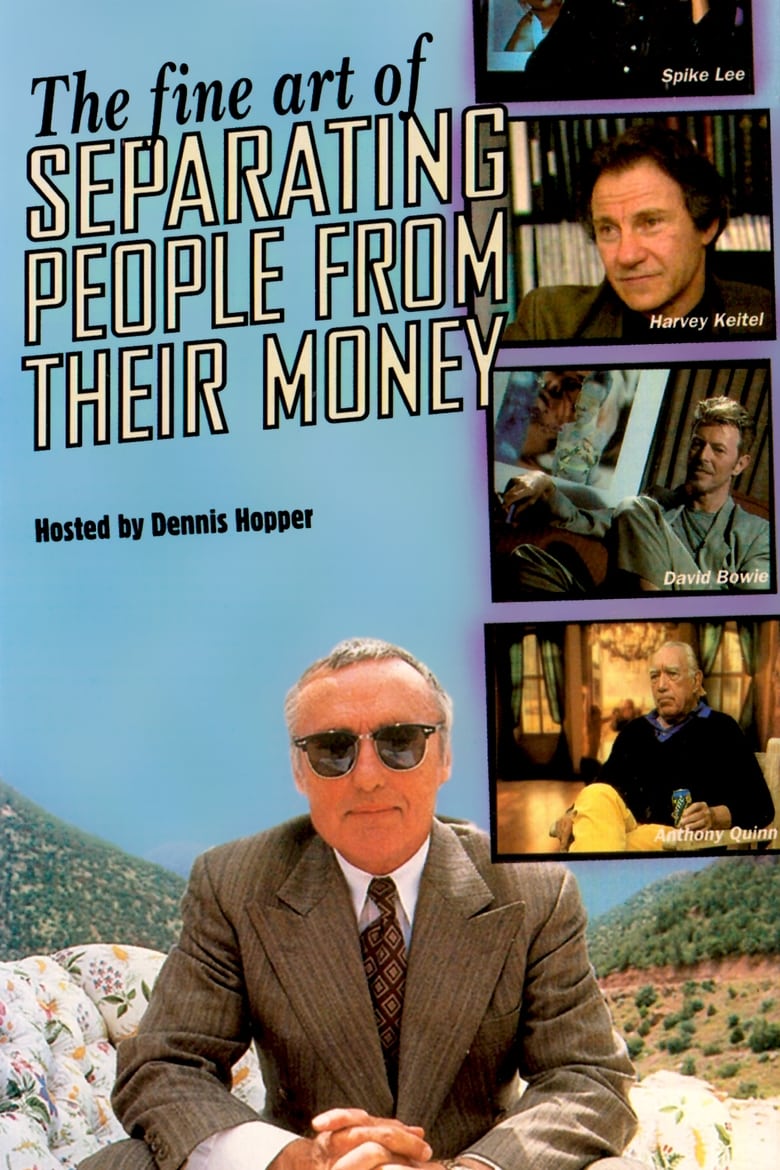
The Fine Art of Separating People from Their Money
An examination of the evolution of commercials as an artistic medium, featuring interviews with media luminaries who relate how the in-your-face stylistic conventions of commercials have influenced feature films and the visual arts. A documentary film talking about art and advertising divided in three parts: 1. Crossing Over - from cinema to ads from ads to cinema 2. Humour - How humour affects us in advertising 3. Shock - The way shock is used to sell
Rating:
5.7/10
Votes:
9
Year:
1996

Toni Segarra: un tipo que escribe anuncios
Advertising surrounds us. It is part of our lives, our memory and our culture: it is a pure reflection of our society. However, those who think and create ads are unknown people. Playing with the mechanisms of publicity as a narrative resource, we enter this medium through Spain's best creative director: Toni Segarra.
Rating:
6.0/10
Votes:
1
Year:
2016

The Corporation
Since the late 18th century American legal decision that the business corporation organizational model is legally a person, it has become a dominant economic, political and social force around the globe. This film takes an in-depth psychological examination of the organization model through various case studies. What the study illustrates is that in the its behaviour, this type of "person" typically acts like a dangerously destructive psychopath without conscience. Furthermore, we see the profound threat this psychopath has for our world and our future, but also how the people with courage, intelligence and determination can do to stop it.
Rating:
7.6/10
Votes:
263
Year:
2003
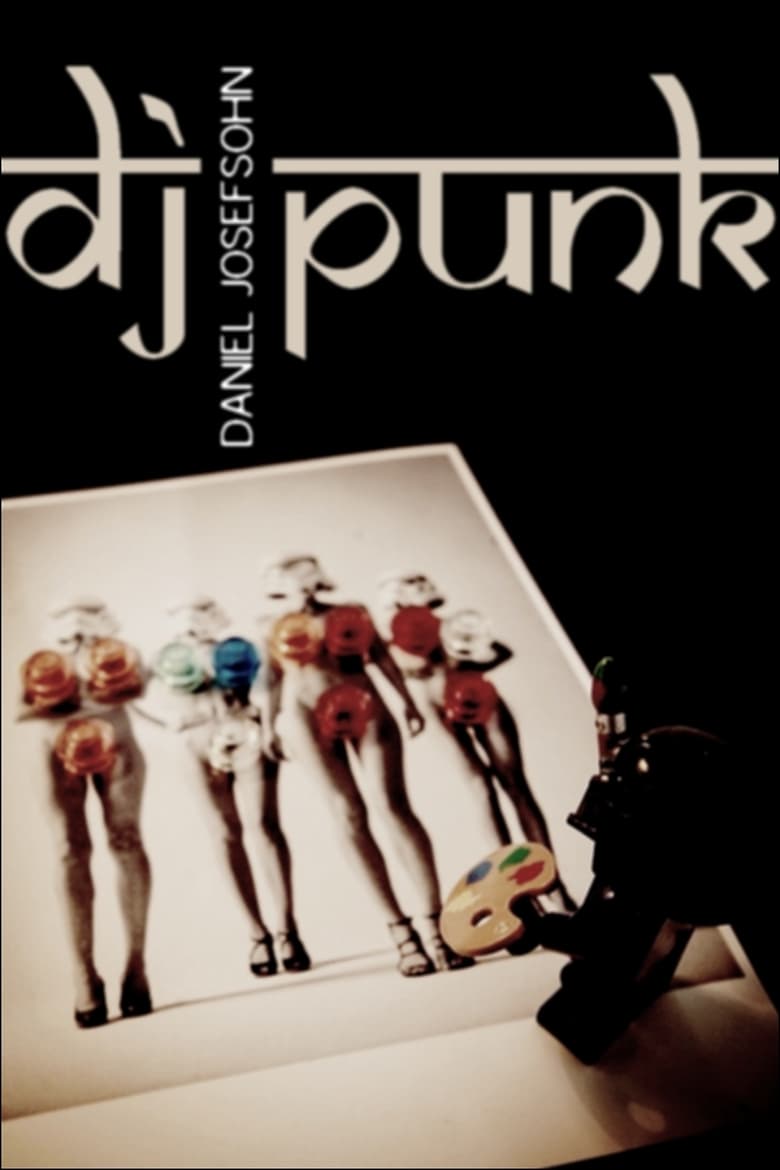
DJ Punk – Der Fotograf Daniel Josefsohn
Nobody captured the atmosphere of 1990s Berlin better than German photographer Daniel Josefsohn, who died in 2016 at the age of 54, leaving his mark in advertising with his irreverent aesthetic and punk sensibility. It was his spontaneous, imperfect images shot for an MTV campaign in 1994 that first made him famous.
Rating:
6.0/10
Votes:
1
Year:
2018

Citizen Shane
A porn-loving, Charles Manson-befriending, Mississippi Republican runs to become the next sheriff.
Rating:
8.0/10
Votes:
1
Year:
2004

Bons baisers de la planète Schtroumpf
The Smurfs were created in 1958 by the Belgian comic author Peyo (Pierre Culliford, 1928-1992) and they are one of Belgium's most recognized exports. From Brussels to Los Angeles, via Dubai, a journey into the tiny world of the famous little blue people, from the story of the creation of the original comic to the account of their huge global commercial exploitation.
Rating:
8.2/10
Votes:
4
Year:
2018

Advertising at the Edge of the Apocalypse
In this highly anticipated sequel to his groundbreaking, ADVERTISING AND THE END OF THE WORLD, media scholar Sut Jhally explores the devastating personal and environmental fallout from advertising, commercial culture, and rampant American consumerism. Ranging from the emergence of the modern advertising industry in the early 20th century to the full-scale commercialization of the culture today, Jhally identifies one consistent message running throughout all of advertising: the idea that corporate brands and consumer goods are the keys to human happiness. He then shows how this powerful narrative, backed by billions of dollars a year and propagated by the best creative minds, has blinded us to the catastrophic costs of ever-accelerating rates of consumption.
Rating:
0.0/10
Votes:
0
Year:
2018

Rhythm
Intended as a publicity film for Chrysler, Rhythm uses rapid editing to speed up the assembly of a car, synchronizing it to African drum music. The sponsor was horrified by the music and suspicious of the way a worker was shown winking at the camera; although Rhythm won first prize at a New York advertising festival, it was disqualified because Chrysler had never given it a television screening. P. Adams Sitney wrote, “Although his reputation has been sustained by the invention of direct painting on film, Lye deserves equal credit as one of the great masters of montage.” And in Film Culture, Jonas Mekas said to Peter Kubelka, “Have you seen Len Lye’s 50-second automobile commercial? Nothing happens there…except that it’s filled with some kind of secret action of cinema.” - Harvard Film Archive
Rating:
6.115/10
Votes:
26
Year:
1957

The Codes of Gender
Arguing that advertising not only sells things, but also ideas about the world, media scholar Sut Jhally offers a blistering analysis of commercial culture's inability to let go of reactionary gender representations. Jhally's starting point is the breakthrough work of the late sociologist Erving Goffman, whose 1959 book The Presentation of the Self in Everyday Life prefigured the growing field of performance studies. Jhally applies Goffman's analysis of the body in print advertising to hundreds of print ads today, uncovering an astonishing pattern of regressive and destructive gender codes. By looking beyond advertising as a medium that simply sells products, and beyond analyses of gender that tend to focus on either biology or objectification, The Codes of Gender offers important insights into the social construction of masculinity and femininity, the relationship between gender and power, and the everyday performance of cultural norms.
Rating:
6.5/10
Votes:
7
Year:
2010

Défilé du 8e bataillon
A battalion, preceded by three riders and a military marching band, parades in front of the crowd. A man is manoeuvring a handcart bearing the inscription "Sunlight Soap" in the foreground.
Rating:
4.3/10
Votes:
3
Year:
1896
If current server doesn't work please try other servers beside.